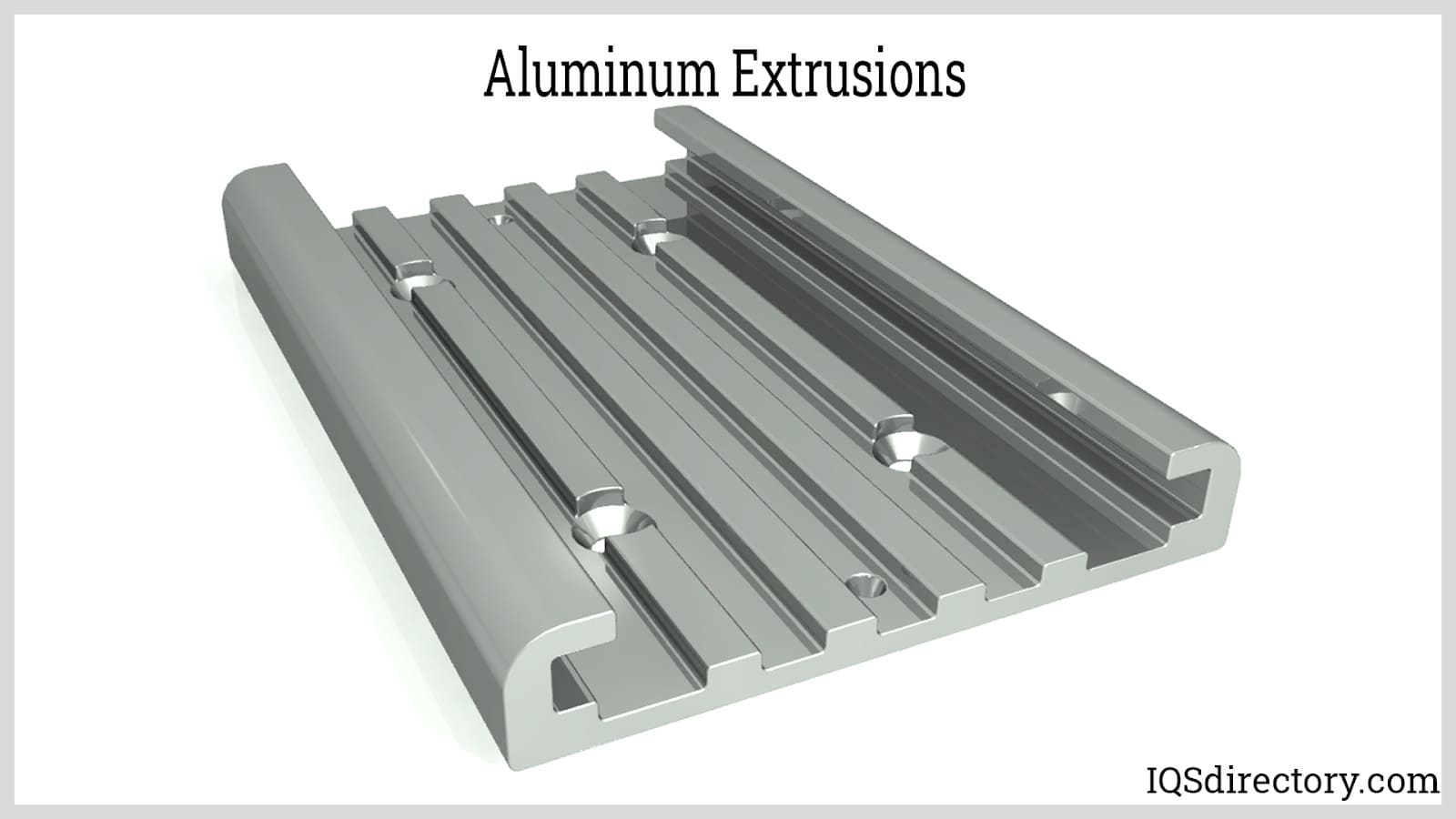
Aluminum metal casting is a process that has been around for centuries, evolving from an ancient art form to a modern industrial practice. This method of shaping molten aluminum into desired forms has played a crucial role in various industries, from creating intricate sculptures to producing complex mechanical parts for aerospace and automotive applications. Let's explore the journey of aluminum metal casting from its historical roots to its contemporary innovations.
The Ancient Origins of Aluminum Casting
Early Beginnings
- Aluminum metal casting dates back to ancient civilizations such as the Egyptians and the Greeks, who used rudimentary techniques to shape aluminum into basic tools and ornaments.
- Early aluminum artifacts were created through the process of sand casting, where a mold made of compacted sand was used to pour molten aluminum into the desired shape.
Artistic Applications
- Aluminum casting became popular among artists and craftsmen in the medieval period, allowing for the creation of intricate sculptures and decorative pieces with fine details.
- Artisans developed innovative methods to enhance the quality of cast aluminum, such as using ceramic molds and implementing more precise casting techniques.
The Industrial Revolution and Aluminum Casting
Technological Advancements
- The Industrial Revolution brought significant advancements to the field of aluminum casting, with the invention of new casting methods and equipment that increased efficiency and productivity.
- Developments in metallurgy and engineering led to the creation of stronger and more durable aluminum alloys, expanding the applications of cast aluminum parts in various industries.
Mass Production
- With the advent of mass production techniques in the 20th century, aluminum casting became a key process in the manufacturing of consumer goods, automotive components, and industrial machinery.
- Foundries and factories began utilizing automated casting processes such as die casting and permanent mold casting to produce high volumes of aluminum parts with consistent quality.
Modern Innovations in Aluminum Casting
Advanced Materials
- Modern aluminum casting now utilizes a wide range of advanced materials and alloys, including aluminum-silicon, aluminum-magnesium, and aluminum-zinc compositions, to meet specific performance requirements.
- Engineers and researchers continue to develop new alloy formulations and casting techniques to enhance the strength, durability, and lightweight properties of aluminum components.
Computer-Aided Design and Simulation
- Computer-aided design (CAD) and simulation software have revolutionized the aluminum casting process, allowing for the virtual modeling and testing of cast parts before actual production.
- Virtual simulations help optimize casting parameters, reduce defects, and improve the overall quality of aluminum castings, saving time and resources in the manufacturing process.
Green Casting Technologies
- Environmental concerns have driven the development of green casting technologies in aluminum production, such as using recycled aluminum scrap and implementing energy-efficient melting and casting processes.
- Foundries are adopting sustainable practices like eco-friendly binders for sand molds, waste heat recovery systems, and emissions control measures to minimize the environmental impact of aluminum casting operations.
Conclusion
From its humble beginnings in ancient civilizations to its pivotal role in today's industrial manufacturing sector, aluminum metal casting has come a long way as a versatile and essential process for shaping aluminum into diverse forms. The evolution of casting techniques, materials, and technologies continues to drive innovation in the field, making aluminum casting an integral part of modern engineering and design. As we look to the future, aluminum casting will remain a cornerstone of metalworking, contributing to the development of innovative products and solutions across a wide range of industries.